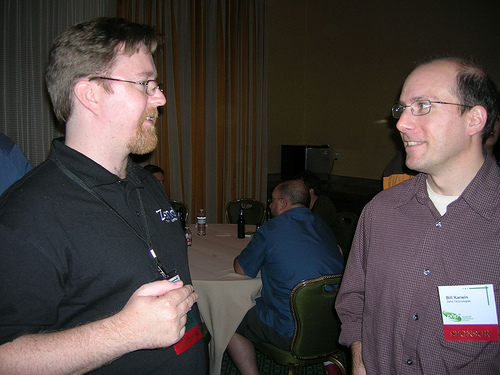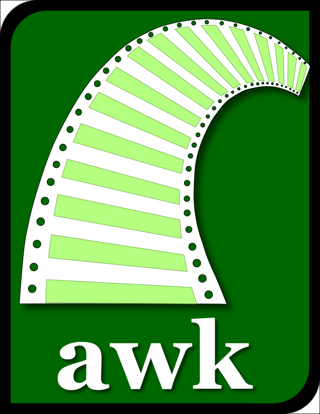April 2nd I made this undiplomatic statement (funny how Twitter practically encourages being provocative):
#ZF 2.0 is a great example of second-system syndrome.
Matthew Weier O’Phinney and I have a good working relationship. I think his work on the Zend Framework project has been amazing, both from a technology perspective and a marketing perspective. 
So when Matthew asked me to clarify my Tweet, I was happy to reply, in the spirit of constructive criticism. These thoughts apply to many projects–not just ZF–so I thought they would be of general interest. Here’s the content of my reply:
When I’ve reviewed project proposals or business plans, one thing I often advise people is that you can’t describe the value of a project in terms of how you implemented it. Users don’t want to hear about how you used XML, or dependency injection, or unit tests, or agile methodology, or whatever. They want to hear what they can do with this product.
After reading the roadmap for ZF 2.0, I observed that a great majority of the planned changes are refactoring and internal architectural changes. These are worthwhile things to do, but the roadmap says very little about the feature set, or the value to users.
What I’m saying is that implementation does not drive requirements. That’s putting the cart before the horse.
I admit that for a developer framework, this line is more blurry than in other products. Your users do care about the architecture more than they would for a traditional application. But that still doesn’t account for the emphasis on implementation changes in the roadmap, and the lack of specific feature objectives.
For instance, some goals for the controller are described in a list of four bullet items: lightweight, flexible, easy to extend, and easy to create and use custom implementations (which sounds close to easy to extend). Then it jumps right into implementation plans.
So how flexible does it need to be, and in what usage scenarios? What does lightweight mean? How will you know when it’s lightweight? Are there benchmark goals you’re hoping to meet?
Another example is namespacing. Yes, using namespaces allows you to use shorter class names. Is that the bottleneck for users of ZF 1.x? Do you need to create a namespace for every single level of the ZF tree to solve this? Would that be the best solution to the difficulties of using ZF 1.x?
The point is that the way to decide on a given implementation is to evaluate it against a set of requirements. You haven’t defined the requirements, or else you’ve defined the requirements in terms of a desired implementation.
My view is that requirements and implementation are decoupled; a specific implementation should never be treated as one of the requirements, only a means of satisfying the requirements.
Regards,
Bill Karwin


